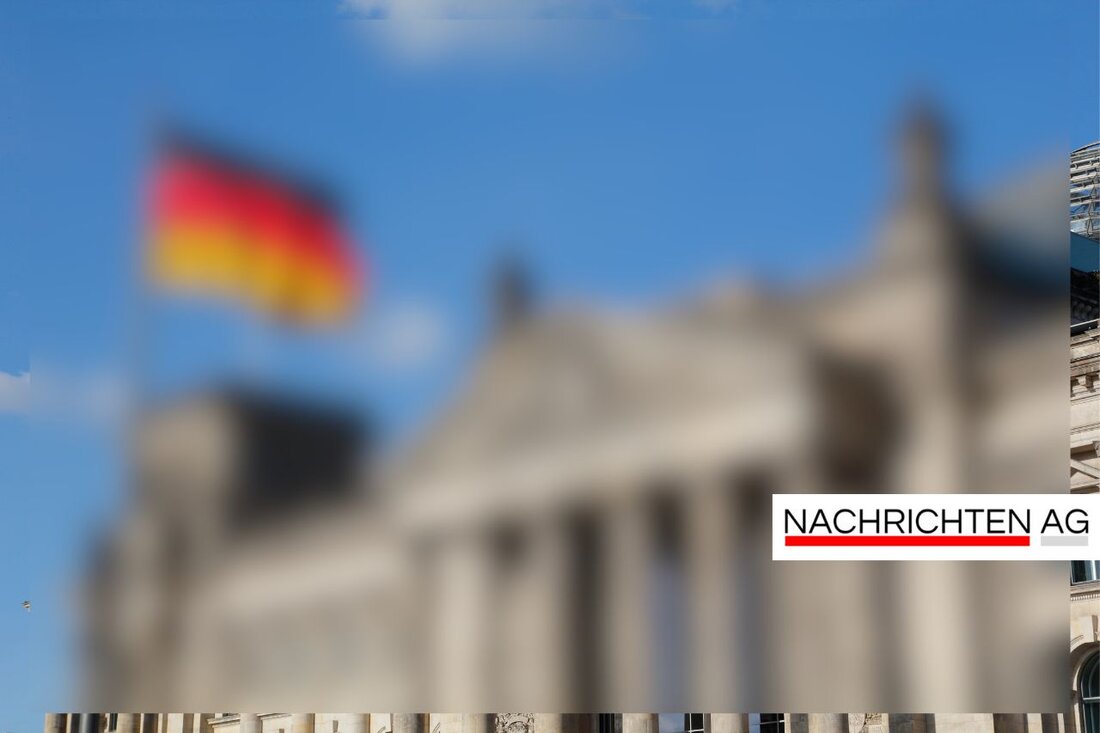Towards the future with plasmalysis: hydrogen production without any CO₂!
Research in Greifswald on plasmalysis is revolutionizing hydrogen production for the energy transition - efficiently and CO₂-free.

Towards the future with plasmalysis: hydrogen production without any CO₂!
What is happening in German hydrogen research? A new approach could significantly advance the energy transition. The East German processPlasmalysisfor hydrogen production shows promising results and could revolutionize energy needs in this country. Researcher on Leibniz Institute for Plasma Research and Technology (INP) in Greifswald are working on this innovative method that splits methane into hydrogen and solid carbon. With an energy consumption of only around 12 kWh per kilogram of hydrogen, plasmalysis requires significantly less electricity than conventional electrolysis processes, which currently consume between 40 and 80 kWh.
But plasmalysis has even more to offer: This process produces no CO₂ emissions, and the solid carbon that is produced as a byproduct can be used in various industries. The process, which is ideally operated with climate-neutral methane from biogas, could serve as the key to climate-neutral energy supply and industry. It could also offer the possibility of producing hydrogen directly on board ships, which would make the transport of fuel much easier.
Different procedures, one goal
Hydrogen is consideredKey technologyfor decarbonization in the areas of industry, transport and energy supply. There are various methods for producing hydrogen, such as steam reforming of natural gas, electrolysis of water and thermochemical processes. Plasmalysis in particular has the potential to act as an environmentally friendly alternative, as it is not only more energy efficient than traditional processes such as steam reforming, but also does not cause harmful CO₂ emissions. Instead, it relies on renewable raw materials and protects the environment considerably. Ingenieur.de emphasizes that plasma processes are very popular both in terms of production and efficiency.
Germany currently requires 55 to 60 terawatt hours of hydrogen annually, the majority of which is gray hydrogen, the production of which is harmful to the environment. The federal government has set itself the goal of replacing between 40 and 75 terawatt hours of green hydrogen by 2030. The research project on plasmalysis will receive a hefty 4 million euros in funding from EU funds from Mecklenburg-Western Pomerania Mercury reported.
Potential and challenges
However, the challenge lies in the rapid and effective implementation of new technologies. According to a study by the Potsdam Institute for Climate Impact Research, less than 10% of the announced projects for the production of green hydrogen were implemented in 2023. Looking ahead, it remains to be seen how market conditions and political decisions will develop. Federal Economics Minister Katherine Reiche is pursuing a technology-open approach to energy policy in order to enable maximum progress.
Another notable detail concerns the planned projects in the hydrogen sector: companies are currently planning a total output of 11.3 GW, which even exceeds the National Hydrogen Strategy's target of 10 GW. With the right political will, the course could be set for sustainable and efficient hydrogen production that not only serves climate goals but also promotes economic growth. This is how it works Graforce from Berlin on appropriate technologies that enable cost-effective and energy-efficient hydrogen production.
In summary, it should be noted that plasmalysis is an innovative and promising method for transforming hydrogen production and could therefore make a significant contribution to the energy transition. With a clear focus on sustainability and technological progress, the future of hydrogen technology will continue to be exciting in Germany.

 Suche
Suche
 Mein Konto
Mein Konto